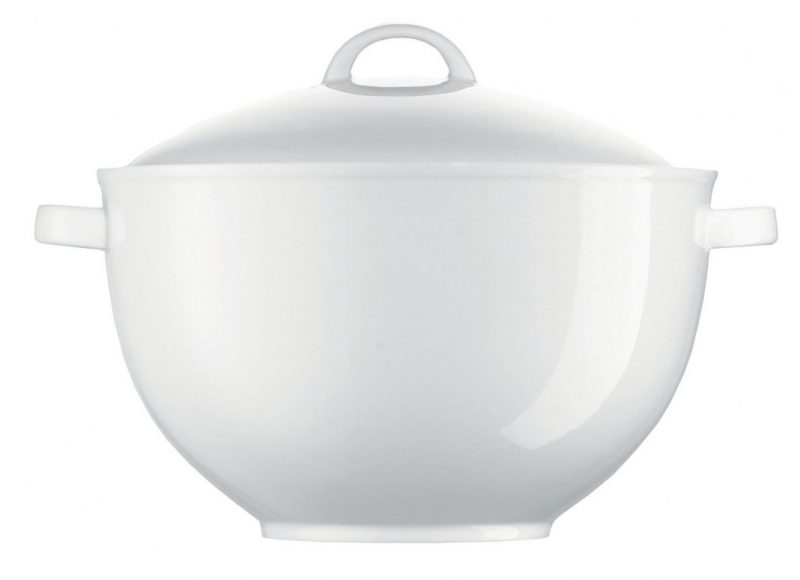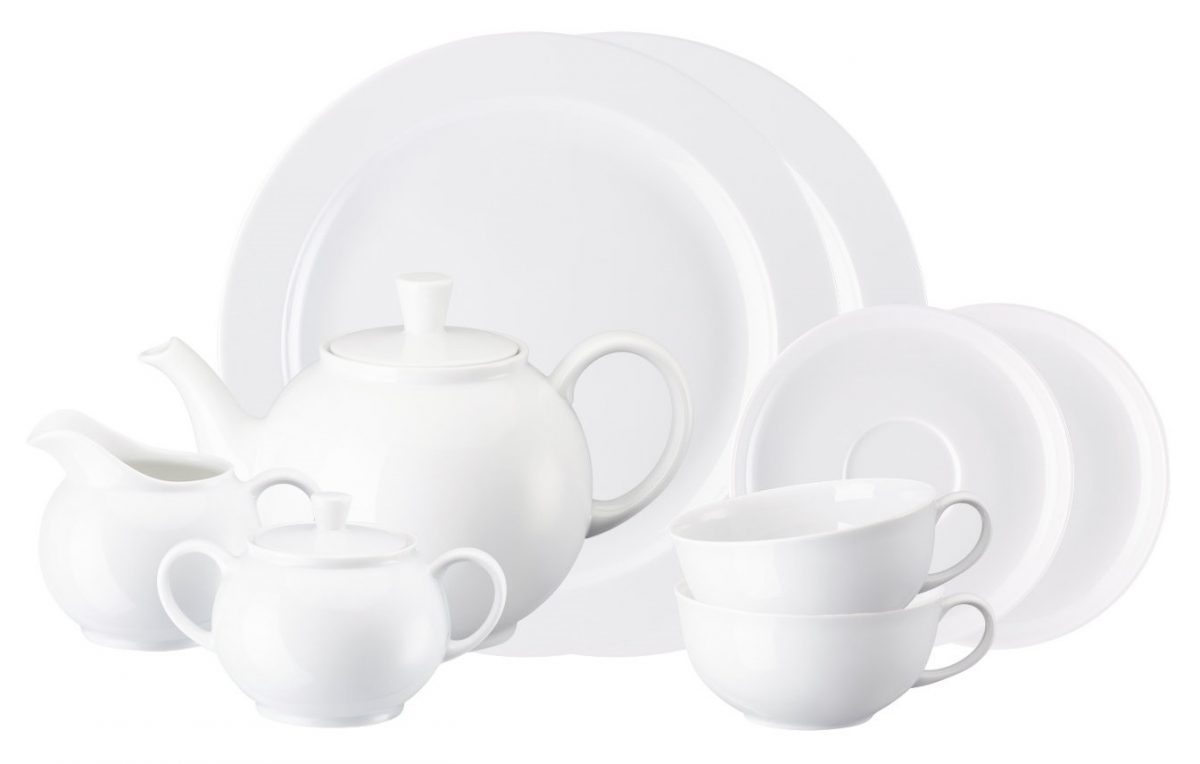A milestone in modern design.
Designed in 1931 by Hermann Gretsch based on Bauhaus principles, the round and restrained forms of Arzberg Form 1382 have endured as some of the best selling porcelain in the world for 80 years.
Hermann Gretsch made his intention clear when he said “Get to the heart of things” and then created the Form 1382. Gretsch’s maxim was the reason behind the Frankish porcelain manufacturer’s rise to become an international porcelain design brand and still remains Arzberg’s guiding principle.
“We can no longer afford to bring products to the market which bring no joy to customers after even a short while because they are impractical, dated or simply not modern enough” – such were the words of Dr. Hermann Gretsch, whose Form 1382 revolutionised the world of porcelain in the early 30s.

This legendary design has become one of the absolute classics of modern industrial design. It is on display at the Museum of Modern Art in New York as one of the few porcelain exhibits. Even today, the best designers design for life. Arzberg porcelain is always functional and always beautiful: it is created to eat from, to serve food and celebrate. To touch and admire. To use and enjoy.
It is hardly surprising that many designers, architects and photographers so often serve their food on Arzberg porcelain. Most creatives prefer not to burden themselves with excessive decoration. They seek authentic beauty – both in their work and in their own life. In their circles, Arzberg forms a kind of cult: “Because the brand stands for the interplay between interesting design and functionality”, as head designer Heike Philipp puts it. And porcelain expert Helmut Sättler is quite clear: “Arzberg is not just about selling porcelain. It is about history, design and quality. Porcelain is not simply an everyday item for the dinner table – it is an expression of style, indulgence and joy in setting a table.”

